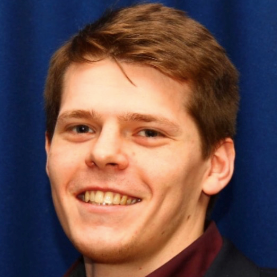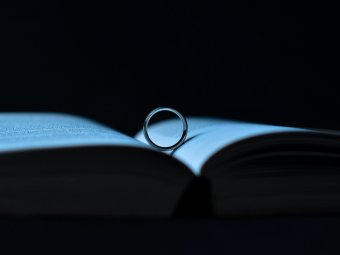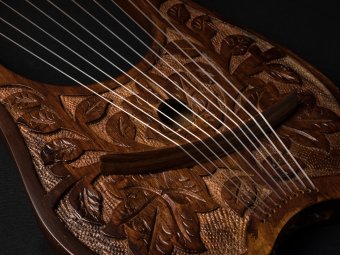The Synaesthetic Link

Synaesthesia is the condition where an individual’s experiences of the senses blur. Sounds are colourful, words have taste, smells have feelings. Poetic synaesthesia has
been considered an ‘innovation of the eighteenth (or even nineteenth) century’ that is associated with a ‘specifically Romantic psychology’ (O’Malley, 1957, pp. 397 – 398). The Romantic poets employed it to stimulate their poetry with a sense of immediacy. Their poems documented their initial sensual responses to experiences and could therefore conceive of them as blending the senses together.
Keats and Tolkien both use this judiciously when evidencing the enchanting influence of poetry and song. The Ode fuses sounds with colours, tastes, and touch. There is a desire to see ‘what soft incense hangs upon the boughs’ in the ‘embalmed darkness’ and consume a ‘draught of vintage’ that tastes of ‘Flora and the country green, / Dance, and Provençal song, and sunburnt mirth’ (Keats, 1988, pp. 346 – 347; ll. 11 – 42). The darkness experienced in the imaginary flight accentuates the blending of the senses and intensifies the overall experience.
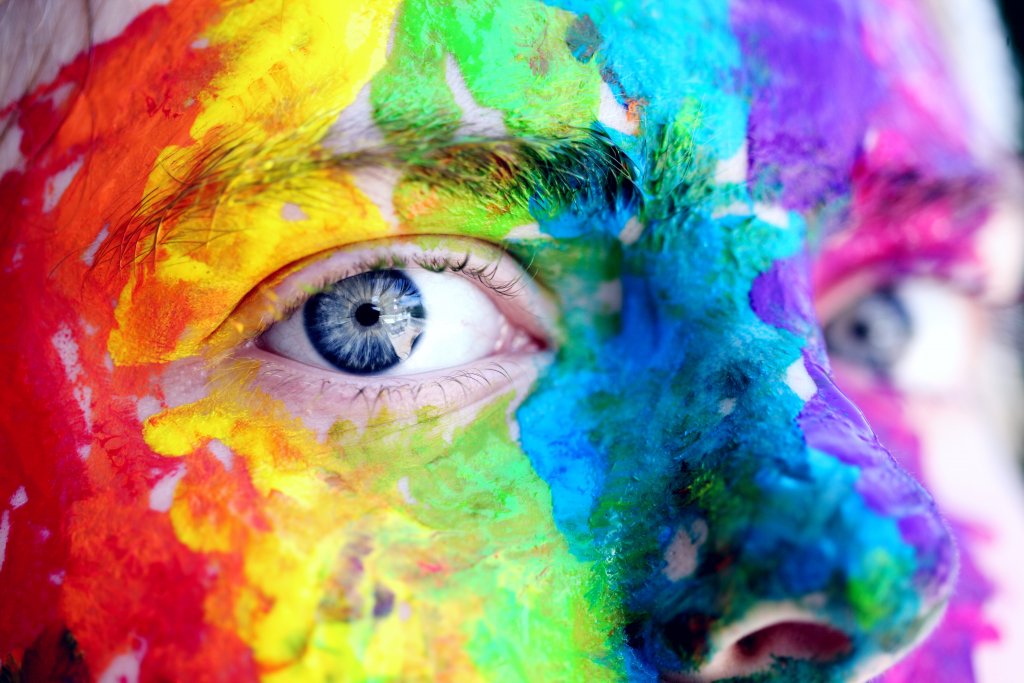
“The Ode fuses sounds with colours, tastes, and touch.”
In The Lord of the Rings Tolkien took the power of synaesthesia to a whole new level. For Frodo the sounds of the words ‘took shape’ and the hall ‘became like a golden mist above seas of foam that sighed’. The ‘endless river of swelling gold and silver was flowing over him’ and ‘drenched and drowned him’. The music ‘turned into running water, and then suddenly into a voice’ (Tolkien, 2007, p. 233). The journey comes full circle. Whereas it started with sound, it ends with sound. In between, sight and touch are inextricably mixed and Frodo feels the words like a river that soaks him in enchantment. Rather than being the observer of the music, Frodo becomes a part of the music.
When searching for the effect that enchantment has, Keats and Tolkien both look to synaesthesia as the most powerful tool. It allows them to present the power of spoken and sung poetry as otherworldly and unnatural. Oral enchantment melts the boundaries we hold and eases us into a state of imaginary flight where we can experience the ideal.
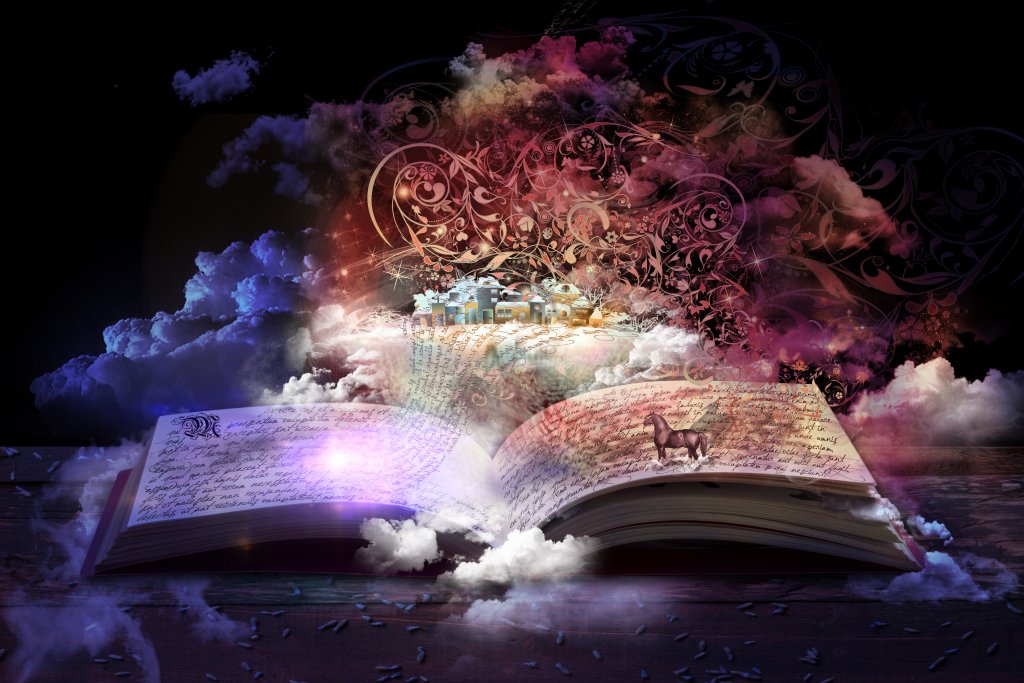
“Oral enchantment melts the boundaries we hold and eases us into a state of imaginary flight”
Conclusion
The Romantic lyric has received much experimentation but Tolkien and Keats exemplify how it can be used in similar yet different ways. Whereas both writers use it to access the imagination and trigger a synaesthetic trip, they both explore differing extremes. Keats’s Ode struggles to fully detach itself from its darkness and melancholy, whereas the scene from The Lord of the Rings is uplifting, rich, and beautiful. They stand at opposite ends of what the Romantic lyric can achieve. But how they complement each other is through the message that song and performance is infinitely more powerful than reading the written word.
Bibliography
Keats, J. (1988). The Complete Poems. [Ed. Barnard, J.]. Penguin: London.
O’Malley, G. (1957). ‘Literary Synaesthesia’. The Journal of Aesthetics and Art Criticism, 15 (4) 391 – 411.
Shippey, T. (2005). The Road to Middle-earth. HarperCollins: London.
Stillinger, J. (2009). Romantic Complexities: Keats, Coleridge, and Wordsworth. Illinois: University of Illinois Press.
Tolkien, J.R.R. (2007). The Lord of the Rings. HarperCollins: London.


